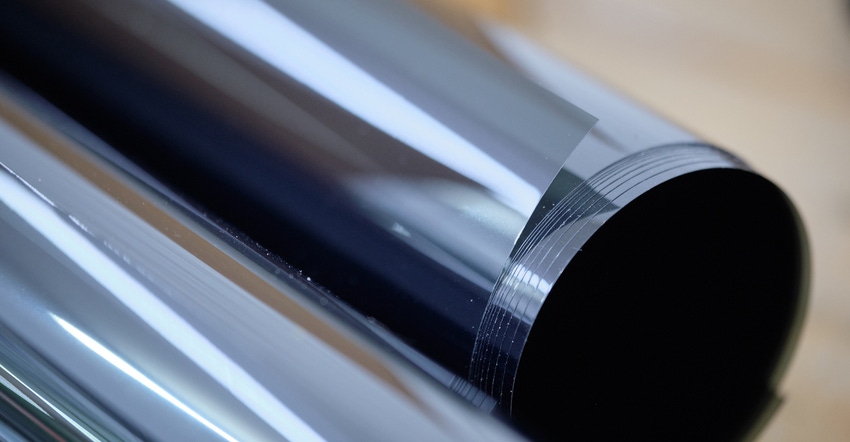Sabic is debuting several eco-conscious materials aimed at improving the safety and efficiency of EVs through its Bluehero initiative.
July 1, 2022

Sabic, a global leader in the chemical industry, has introduced Bluehero an expanding ecosystem of materials, solutions, expertise and programs aimed to help accelerate the world’s energy transition to electric power and support meeting global goals on climate change. The company’s starting point with Bluehero is support of the automotive industry’s mission to create better, safer and more efficient electric vehicles (EVs), with an emphasis on improving structural battery components with unique flame retardant materials and solution development expertise.
The automotive industry is leading the charge in moving toward new, more sustainable mobility systems. This includes a major shift towards battery powered EVs, which can convert over 77 percent of electricity into movement compared to only 12 to 30% for vehicles with internal combustion engines. In addition to this high performance, EVs also emit no tailpipe pollutants and are typically responsible for significantly fewer greenhouse gas emissions during operation – enabling important contributions to meeting global goals on climate change.
“With our strategic Bluehero initiative, we have vigorously committed to invest in, develop and deliver material solutions that can support the transition to electric power, drive down emissions and help address climate change,” said Abdulrahman Al-Fageeh, Sabic’s executive vice president for Polymers.
“Transitioning from vehicles based on internal combustion engines to electric propulsion is not a simple, linear process,” said Abdullah S. Al-Otaibi, general manager, ETP & Market Solutions, Sabic. “In fact, a successful shift will require a willingness to forgo many traditional materials and deep-rooted design, engineering and manufacturing methods. Through the Bluehero initiative, our team is following a holistic systems engineering approach in their work with the industry – enabling customers to optimize EV battery systems more efficiently using thermoplastics.”
Sabic has also announced production of a new range of Sabic polypropylene (PP) compounds and Stamax PP resins based on bio-renewable and advanced recycled feedstock at Genk, Belgium, has received TÜV Nord accreditation under the International Sustainability & Carbon Certification (ISCC) Plus scheme. This certified product offering aligns with Sabic’s extensive Trucircle initiative for accelerating the transition of the plastics industry to a circular economy and meets a globally growing customer demand for more sustainable material solutions.
“We are extremely proud of being the first in the industry to obtain ISCC Plus certification for PP compounds and resins produced with feedstock from renewable and recycled sources. This gives our PP customers a valid alternative for enhancing their environmental balance and achieving ambitious sustainability targets,” says Lada Kurelec, General Manager for PP & E4P Business, Sabic. “The large-scale production of these new materials at our manufacturing site in Genk also ensures security of supply, while it contributes to our efforts of mitigating the impact of our products on climate change and fossil depletion.”
Finally, Sabic has introduced Noryl NHP8000VT3 resin, a product well suited for insulation film used in electric vehicle (EV) battery modules to help improve protection against short circuits and fire propagation. This high-performance, polyphenylene ether (PPO)-based resin is engineered with patented technologies to help meet the stringent demands of higher-voltage batteries (600-800 V).
Noryl NHP8000VT3 reportedly achieves the highest comparative tracking index performance level category (CTI PLC0), provides ultra-thin-wall extrusion and thermoforming capability, and meets the UL94 V0 standard at 0.25 mm with non-brominated, non-chlorinated flame retardance.
Noryl NHP8000VT3 resin is said to provide a novel solution to the drawbacks of incumbent insulation films made with polycarbonate (PC) and polypropylene (PP) by delivering stronger CTI performance and thinner-wall FR capability. This exceptional material can help advance EV battery technology by contributing to occupant safety, weight reduction and higher efficiency for extended range.
About the Author(s)
You May Also Like



